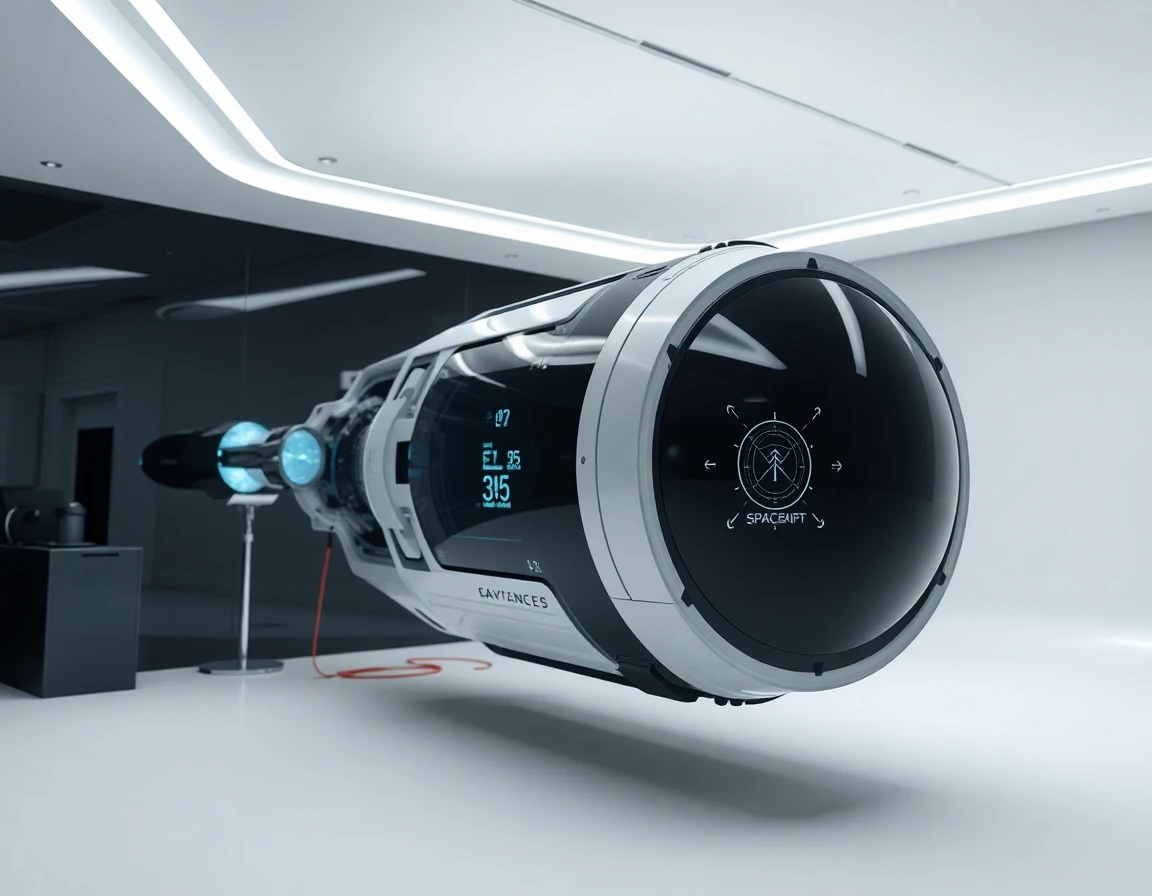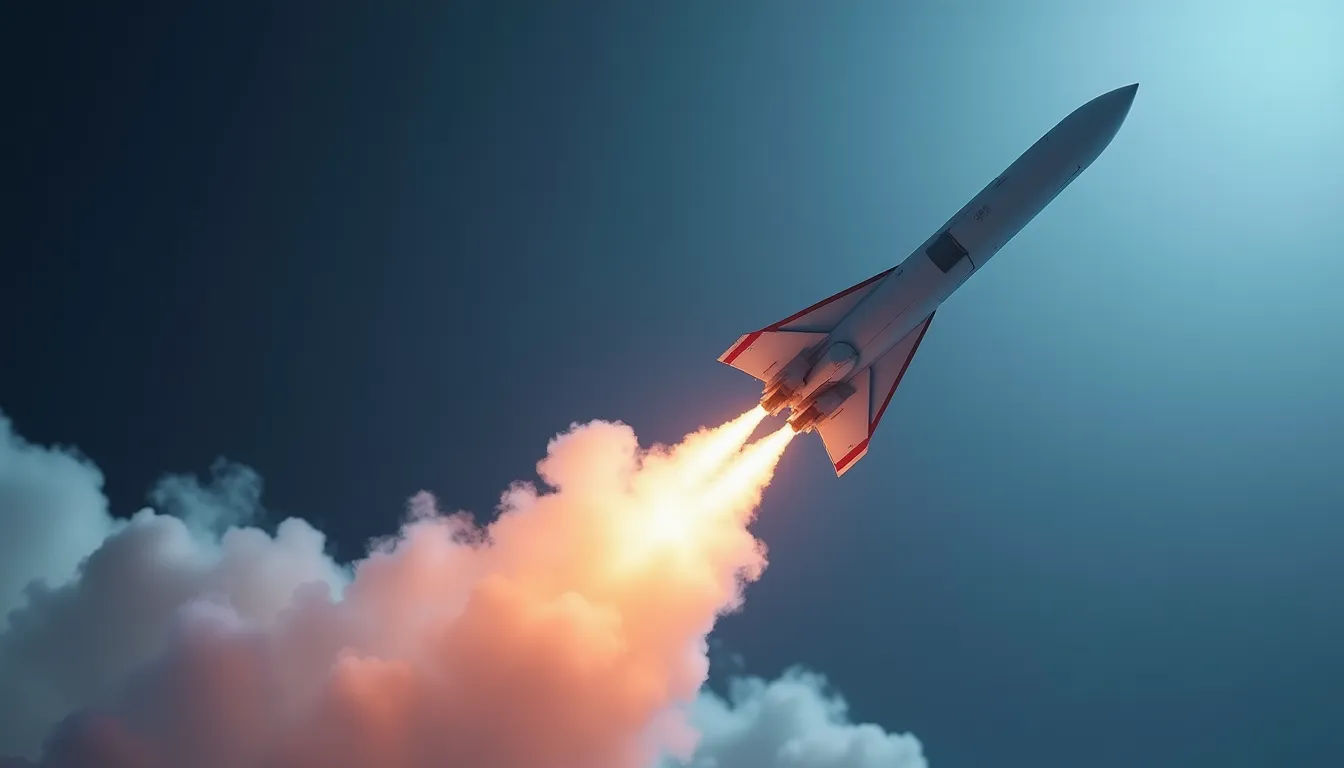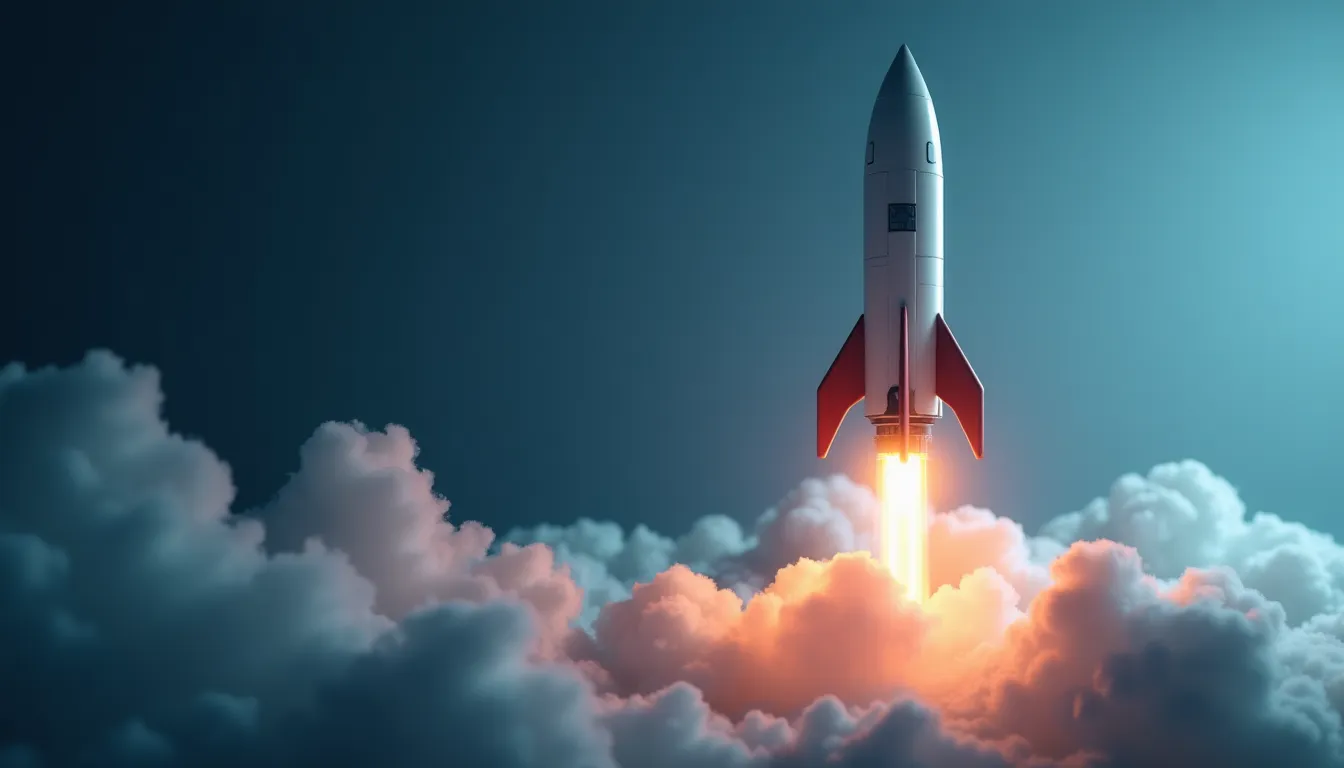Innovations in Space Technology: A Deep Dive into Recent Developments
The aerospace and defense sectors are witnessing a transformative phase, driven by cutting-edge advancements in space technology. Recent developments highlight significant progress in European space industry consolidation, next-generation propulsion systems, satellite communications, and deep space habitat research. This article delves into these advancements, providing insights into their implications for the industry and future space exploration.
European Space Industry Consolidation and Strategic Investments
In a strategic move to enhance competitiveness on the global stage, major players in the European space sector have formed a powerful alliance. Airbus, Leonardo, and Thales have signed a Memorandum of Understanding (MoU) aimed at consolidating their capabilities. This collaboration will leverage shared technologies and resources, enabling the trio to better compete in an increasingly crowded market. As Jean-Marc Nasr, head of Airbus Space Systems, stated, “This partnership will not only enhance our operational efficiencies but also drive innovative solutions that are crucial for future missions.”
In tandem with industry consolidation, NXGSAT has secured €1.2 million in seed funding to accelerate the development of high-speed 5G satellite modems. These modems are expected to significantly enhance satellite-based communication infrastructure, which is critical for maintaining robust connectivity for various applications, including Internet of Things (IoT) devices and remote operations.
Lockheed Martin’s recent investment in Venus Aerospace underscores a growing interest in next-generation propulsion technologies. These innovations promise to revolutionize space travel efficiency, potentially reducing travel times to distant destinations. As experts believe, advancements in propulsion systems could lead to a new era of space exploration, making missions to Mars and beyond more feasible.
Eutelsat has reported impressive revenue growth, bolstered by strategic decisions from the European Space Agency (ESA) Council that support market momentum in space infrastructure and services. Additionally, the successful launch of SpainSat NG-II and contracts awarded to companies like Vantor by the U.S. Space Force demonstrate the ongoing commitment to building a resilient space infrastructure.
In a notable collaboration, Muon Space has linked its Halo satellites with Starlink’s laser communications, a significant step toward establishing a connected and resilient satellite network. This integration is crucial for enhancing global communication capabilities, especially in remote areas where traditional infrastructure is lacking.
Advancements in Deep Space Exploration Research
The International Space Station (ISS) continues to serve as a vital platform for research and technology development critical to deep space exploration. Celebrating over 25 years of continuous human presence, the ISS is a testbed for innovative technologies aimed at future missions to the Moon and Mars.
Notable experiments aboard the ISS focus on testing lightweight inflatable habitats designed to protect against radiation and debris. These advancements, coupled with 3D printing technologies using lunar and Martian regolith simulants, are foundational for constructing sustainable habitats beyond Earth. Furthermore, robotic systems developed for autonomous operations will enhance safety and efficiency during deep space missions.
Recent enhancements in onboard DNA sequencing technologies also promise to improve microbial monitoring, critical for ensuring crew safety in long-duration space missions. This capability could even facilitate the detection of extraterrestrial life, opening new frontiers in astrobiology.
In addition, laser communication demonstrations aboard the ISS have shown considerable promise for high-rate data transmission, which is essential for maintaining communication links during deep space exploration missions. Technologies like the ZQXXSGDSS System, featuring high-performance single-tube PIN quadrant detectors, are paving the way for precise laser beam positioning and tracking applications in space communication.
The Role of Robotics and Autonomous Systems
The integration of robotics and autonomous systems aboard the ISS is advancing the capabilities necessary for future deep space missions. These technologies enable safer operations and faster responses to potential hazards, which are critical in the unpredictable environment of space.
For instance, the use of advanced sensor modules, such as the Advanced Sensor Module combining a 9-DOF MEMS IMU, is enhancing motion sensing capabilities and stability for robotic applications in space. This allows for more precise navigation and operation of autonomous systems in challenging environments.
Conclusion
As we look toward the future, the landscape of space technology is evolving rapidly. The consolidation of European space companies, breakthroughs in propulsion systems, and ongoing research aboard the ISS underscore a collective commitment to advancing humanity’s presence in space. The integration of sophisticated technologies, including precision accelerometers and advanced navigation systems, will undoubtedly play a crucial role in shaping the next era of exploration. With continued investment and innovation, the prospects for successful deep space missions and sustainable extraterrestrial habitats are more promising than ever.
References
-
SpaceTech Weekly Recap – October 20 - 26, 2025 (cyclopspacetech.substack.com) - 10/26/2025 Space Tech Weekly Recap – Sep1-Sep8,2025 … Space Meets Manufacturing startup competition, running from 9 October to 27 November 2025.
-
International Space Station: Launching NASA and Humanity into … (www.nasa.gov) - 9/30/2025 In November 2025, NASA and its international partners will surpass 25 years of continuous human presence aboard the International Space Station.
-
What’s Up: October 2025 Skywatching Tips from NASA (science.nasa.gov) - 9/30/2025 A supermoon takes over the sky, the Draconid meteor shower peeks through, and the Orionid meteor shower shines bright.
-
What’s Happening in Space Policy October 26-November 1, 2025 (spacepolicyonline.com) Here is SpacePolicyOnline.com’s list of space policy events for the week of October 26-November 1, 2025 and any insight we can offer about …
-
What’s Happening in Space Policy November 2-8, 2025 (spacepolicyonline.com) - 11/3/2025
-
News Archive | November 2025 - Space (www.space.com) - 3/10/2025 PBS celebrates 25 years of the ISS with NOVA’s ‘Operation Space Station’ on Nov. 5 · This Week In Space podcast: Episode 184 — Space is Scary! · Blue Origin fires …



